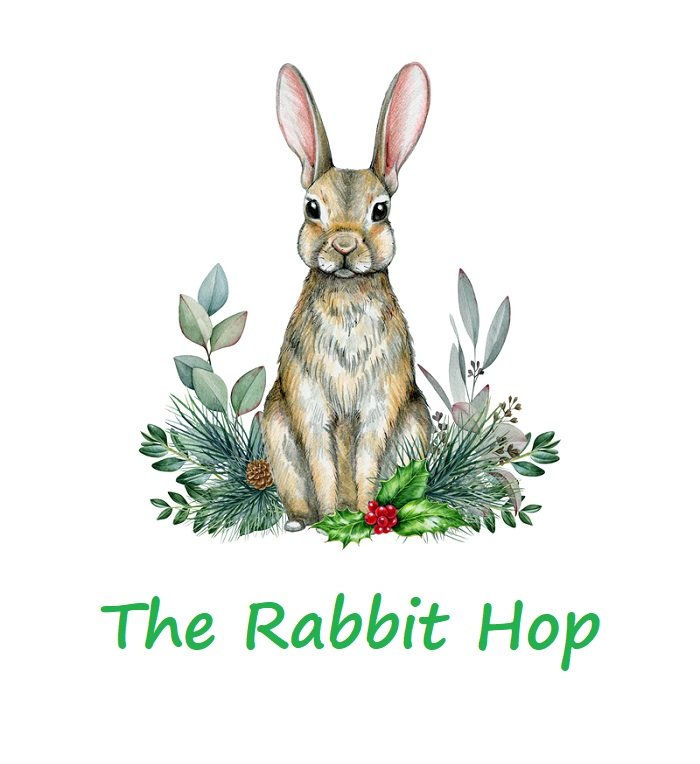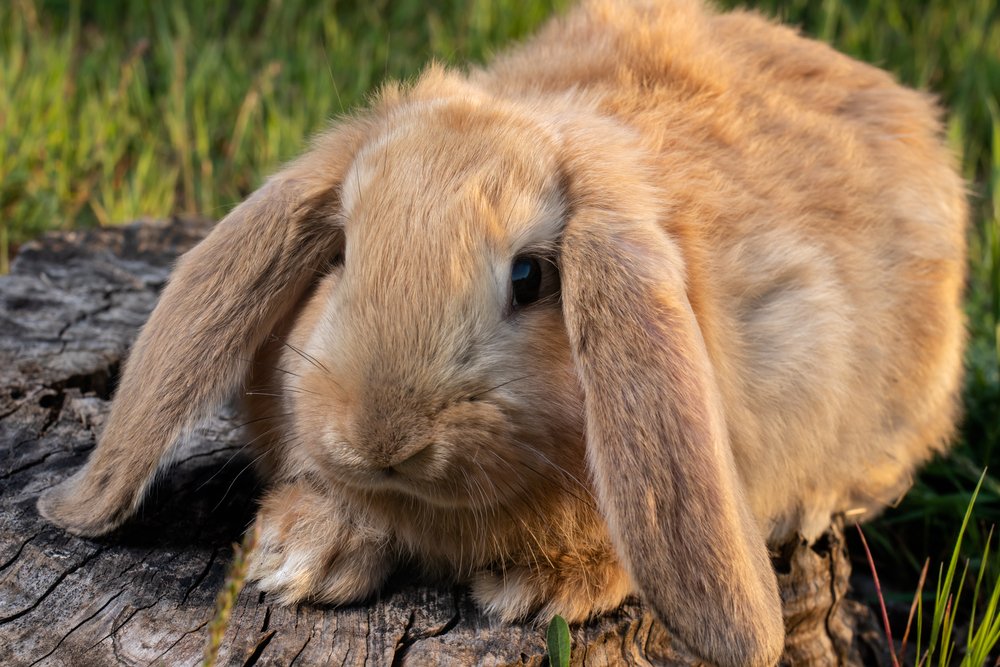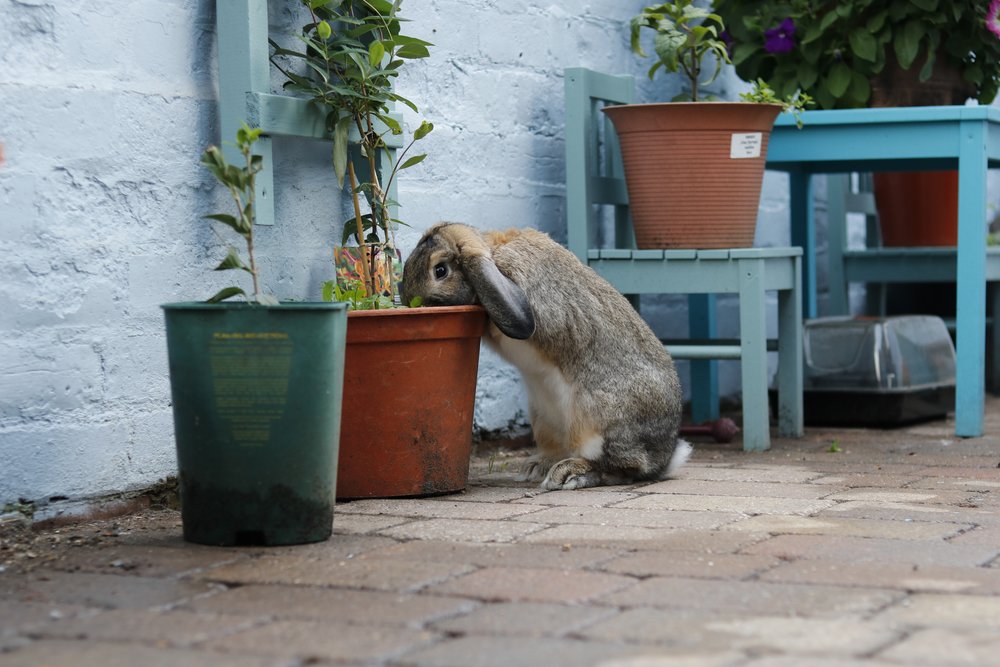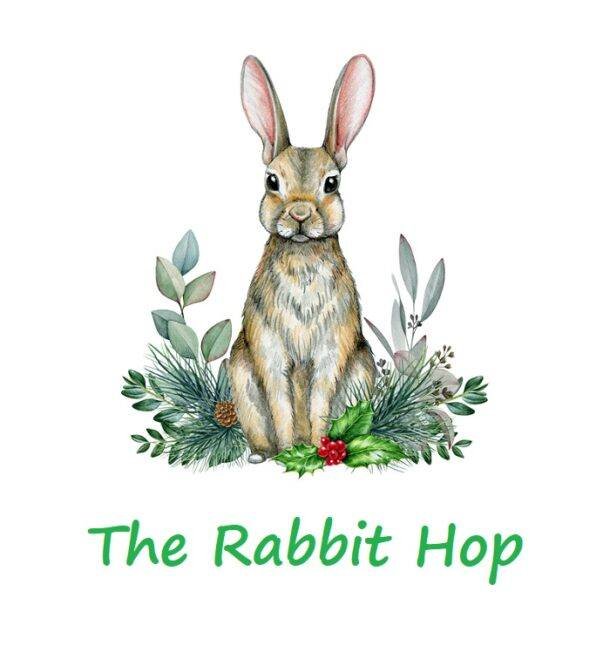French Lop Rabbits: The Giant Lop Breed
French lop rabbit breeds, a giant rabbit breed, resemble English Lop rabbits in some ways. However, they have much shorter ears and a heavier body. Some also mistake them for the Flemish Giant Rabbit.
Known for their impressive size, the giant French Lop is a standout among fancy rabbit breeds. Because of their size, they cannot be easily carried by children. But these gentle giants are suitable for experienced and inexperienced owners willing to use care in handling and having ample space for them.
Although they need average maintenance, French lop bunnies are good companions. Interestingly, the French Lop shares some lineage with the English Lop
This blog post will teach French lop rabbit breed features, behavior, and health issues. It will give you an idea of how to care for these giant rabbit and keep them healthy and happy. Keep reading to learn more!
French Lop Rabbit
Facts about French Lop Rabbits
Body Size Very large/Giant
Body Weight 10 to 15 lbs
Body Shape Commercial
Life Span 6 to 8 years
Colors White, brown, black, chinchilla, fawn, blue, opal, steel, and Siamese
Rarity Common
Similar Breeds English Lop, Flemish Giant
Best Suited for Beginners or Experienced owners with ample space
Origin France
Background and History
The French Lop rabbit breed was first bred as a meat rabbit in the 18th century in France. They were the results of the selective breeding of an English lops and a french butterfly rabbit. However, some argued that the breed came from English lop and Flemish Giant rabbit. Today, owners crossbreed French lops with other bunnies to have a variety of colors, including the British Giant.
These giant rabbit breed got the attention of countries like The Netherlands, Belgium, and Germany. The French lops were also transported to the United Kingdom in 1933 for their meat animal. Still, they only became famous after the exhibition in 1965. Aside from their commercial use, these lop eared rabbits also became popular household pets.
No one knows the exact time that French lops arrived in the United States. However, their recognition and popularity were boosted after being acknowledged by the American Rabbit Breeders Association. They were among the first breeds recognized by the National Pet Stock Association. Because of other new breeds, the French lops popularity was delayed until the 1970s. The formation of the Lop Rabbit Club of America in 1971 also helped to boost their publicity.
The American Rabbit Breeders Association and the British Rabbit Council recognize this rabbit breed. In part due to their size, French lops are not popular pets like other breeds. However, they make one of the most excellent companions.
Features of French Lop Rabbits
Body Size
When it comes to their weight, an adult French lop rabbit can reach 10 to 15 lbs. The average weight of the male is 11 lbs, while 11.5 lbs for the female.
Since French lops were bred for their meat, they have short, commercial-type bodies. Compared to the average rabbit, which typically weighs much less, the French Lop’s size is quite remarkable.
Their legs are straight, and their hinds are parallel to their body. A fully mature French lop often measures three feet when stretched out. Due to their substantial body weight and size, French Lops are considered a very large rabbit breed.
Similar to other giant rabbit breeds, these bunnies have large heads. Their foreheads are also broad, and their cheeks are chubby. The lop ears grow up to five to eight inches long. This makes this breed a giant floppy-eared rabbit.
Coat
The fur of the French lops grows dense and is usually short or medium in length. Because of this, it is easy to maintain their lovely coats. They also have rollback fur that returns to normal position when stroked backward. In terms of the french lop rabbit colors of their coats, these lops have solid or broken patterns. Check the table below for your reference:
Categories Colors (according to ARBA standard)
Chinchilla
Agouti
Tri-color
Shaded
Solid
Temperament and Behavior
French lop rabbit breeds are one of the most friendly lop-eared rabbit breeds you can ever find. They quickly get along with other rabbit companions because of their docile nature. Although their personality is ideal for beginners, their size is a significant concern. If you are a new rabbit owner, you might consider starting with a smaller breed before getting giant rabbits like French lops. Although they are gentle, those hind legs are quite powerful. When scared or angry, the French Lop can inflict some pain with it’s powerful kick.
Naturally active, these bunnies need ample space to play and roam around. They are also great pets for couples planning to have kids or singles longing for companions. If you have young kids, it’s better if you don’t let them carry these giants since they are pretty heavy. Frenchies may also kick them accidentally.
To prevent boredom, you can also give simple toys to French lops. They like stuff that they can push around. Since they are intelligent creatures, you can train them to do some tricks. If you plan to keep them indoors, you may want to hide all your valuables since they may gnaw them. Like other breeds, these pet rabbits love to have something to chew.
Grooming French Lop Rabbits
Grooming a French lop regularly will keep it healthy and happy. Although its fur is short and sleek, you must brush it once weekly. Doing this will prevent any matting on its coat. You may also want to clean your rabbit’s eyes from fur and hay to avoid infection. To do this, get a clean, damp cloth and gently wipe it around the rabbit’s eyes.
You must also ensure that your bunny has a clean bottom to avoid parasites and other illnesses. Check if there are any excess urine or droppings. If you have noticed that its bottom is dirty, wipe it with a clean cloth. Keeping its litter box clean is vital so it won’t sit on its urine or droppings.
Another essential grooming that you must perform for a French lop is nail trimming. Letting your rabbit’s nails grow can lead to snugs and torn nails. Ensure that you cut its nails once a month using a proper nail cutter.
Young French Lop rabbit
Proper Diet
Because of their body size, French lops need more food. However, you must be careful in giving them treats since they have sensitive guts. Their primary diet consists of hay and quality rabbit pellets. Give them hay that is as large as their body. Also, ensure that they have an unlimited clean water supply.
You can also give a handful of fresh greens twice a day as part of a rabbit’s diet. When giving vegetables, make sure to cut them first into pieces. Some vegetables you can give to a French lop as part of their diet are spinach, carrots, and cabbage. However, never feed them any garlic, onion, Iceberg lettuce, and leek as these are not suitable for a rabbit’s diet. When it comes to fruits, provide them at least once or twice a week while being cautious about what you feed them. It’s important to avoid feeding them grapes, avocados, and plums as these are not safe for a rabbit’s diet.
Although it is tempting to feed anything to a French lop, don’t give it some human foods. Sweets, bread, cereals, and dairy products are dangerous for them. They may cause gut problems or obesity in your pet.
Habitat
Whether a French lop will stay inside or outside your house, you must ensure that it has a vast living space. If you decide to build an enclosure, ensure its ceiling is high enough that the bunny’s head can’t touch it. The space must also be wide enough for the bunny to stretch out and hop thrice horizontally.
The average hutch for a French lop must not be at least six feet. It must also be placed at a moderate temperature. For the rabbit’s supplies, don’t forget to include a feeding bottle, a tray, a wood for gnawing, a dispenser bowl, and a litter box. You can use a cotton towel or cloth for its bedding.
Before letting your bunny play outdoors, remove any cables it can chew. Plus, make sure that it’s safe from any predators. Although big, they can hop for at least three feet high, so ensure your fence is taller.
French Lop rabbit exploring his garden
Health Issues of French Lop Rabbits
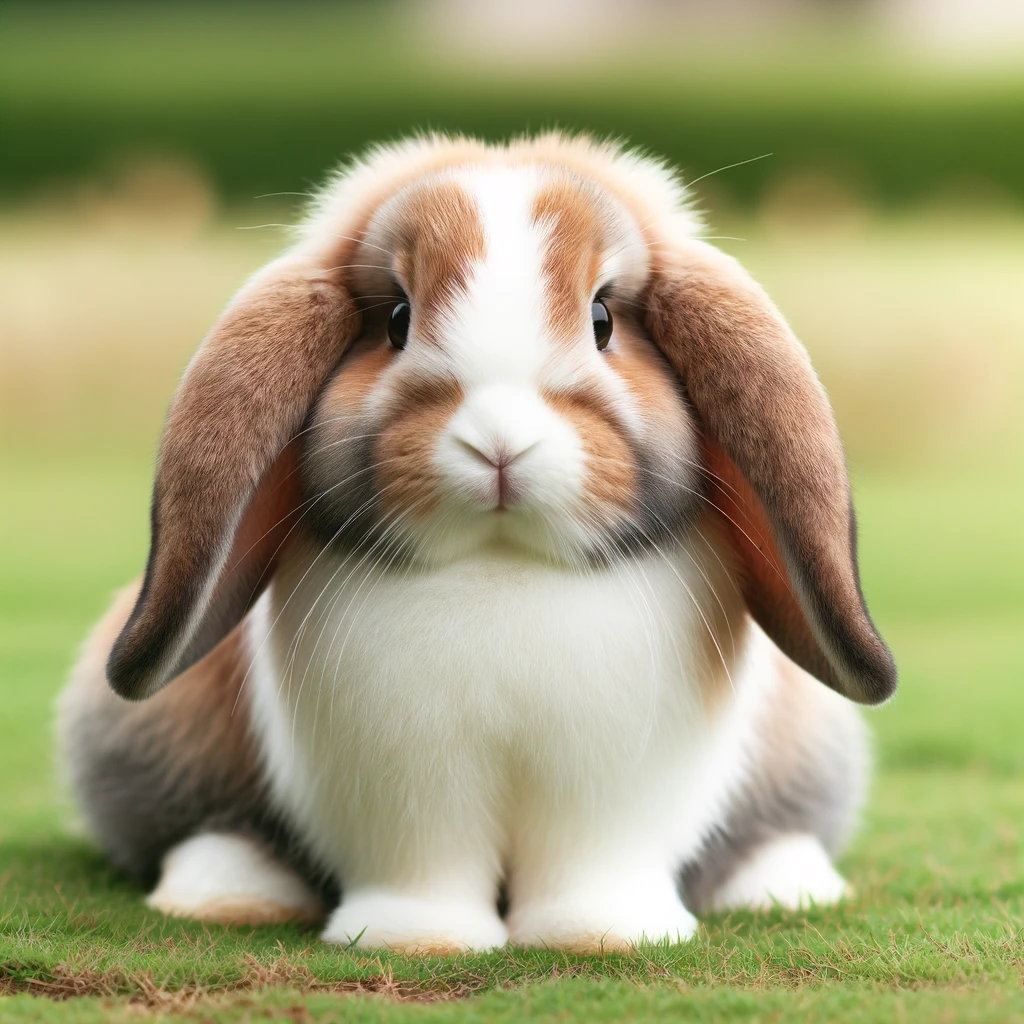
Obesity
French lops may suffer from obesity because of improper diet and limited exercise. This condition happens when the bunny’s body is 20% heavier than the ideal size. Obesity may lead to severe illnesses like heart disease and hepatic lipidosis.
Symptoms of obesity may include increased moisture in skin folds and blowfly myiasis. You can also notice that your lop-eared rabbit has soft stools on its underside. The vet treats obesity by encouraging exercise in your pet and correcting its diet.
Flystrike
Another health issue that a French lop may experience is flystrike. It is a fatal condition wherein flies start laying their eggs on your bunny’s body. When maggots hatch, they will begin to feed on the rabbit’s skin immediately. Big rabbits are prone to this condition because they can’t groom themselves properly.
Other causes of flystrike are warm weather, poor diet, dental problems, and open wounds. If your bunny has arthritis or poor living conditions, it may also suffer from flystrike. Watch for symptoms in your rabbit, like reduced appetite, lethargy, and limited movements.
You should go to the vet immediately if you have noticed the symptoms. Since it is painful, be very careful in holding your pet and never wash the infected area. The vet will sedate the bunny and perform a thorough examination as part of the procedure. Antibiotics and anti-inflammatory medications may also be administered.
Frequently Asked Questions
Are French Lop Rabbits Suitable for New Rabbit Owners?
French lop rabbits have friendly personalities, ideal for new rabbit owners. However, their size requires the care of experienced owners. Aside from that, they need massive hutches and plenty of hay to remain healthy. For new owners, it is advisable to have smaller rabbits before getting French lops.
What is the Ideal Measurement of the Hutch of French Lops?
The ideal measurement of the hutch of a French lop is 6′ wide x 3′ deep x 2′ high. This kind of enclosure for the bunny is suitable to stretch out comfortably. You may also want to include an exercise pen or a safe area where it can roam around.
Can a French Lop Live Without a Rabbit Companion?
Although a French lop is a friendly pet, it can live without a rabbit companion. However, you need to give it more attention. If you are busy most of the time, it would be better to provide companions to your pet so that it won’t get lonely and bored.
What Vegetables Can I Give to a French Lop Rabbit?
Some vegetables you can give to a French lop rabbit are carrots, endives, and spinach. You can also feed it some artichoke, chicory, and watercress. Before giving vegetables, remember that they should only be given in moderate amounts.
Is There a Miniature French Lop Rabbit ?
A miniature counterpart to the French Lop rabbit is known as the Holland Lop rabbit. Holland Lops rabbits belong to the mini lop category and are recognized as the smallest breed within the lop rabbit family. Their weight usually ranges between 2 and 4 pounds, and they are especially renowned for their endearingly long, floppy ears.
How long do French Lop rabbits live?
The average lifespan of French Lop rabbits ranges from 8 to 12 years, although some individuals can live up to 15 years. Nonetheless, various elements, such as genetics, diet, exercise, and general health, can influence their longevity.
How Does the Size of an American Fuzzy Lop Compare to Other Lop Breeds Like the Holland or French Lop Rabbits?
So, when we talk about Mini Lop rabbit, think of them as kind of in the middle size-wise. They’re not as small as Holland Lops but not as big as French Lops. On average, they weigh between 4 and 6 pounds, though some can stretch up to 8 pounds. Picture them standing around 6 to 8 inches tall and measuring 12 to 14 inches long. That’s the scoop on their size!
Is the French Lop your next fur buddy?
The French lop rabbit breed consists of some of the friendliest bunnies that you can have. They can quickly get along with people and other rabbit companions. Besides their personality, they are also adorable and cuddly. However, a french lop rabbit is not for everyone since they demand the utmost care. Because of their giant size, they need ample living spaces and enough food to eat.
Young French Lop rabbit
Read More
English Lop Rabbits: The King of the Fancy
Fuzzy Lop Rabbits: The Fancy Rabbit Breed
